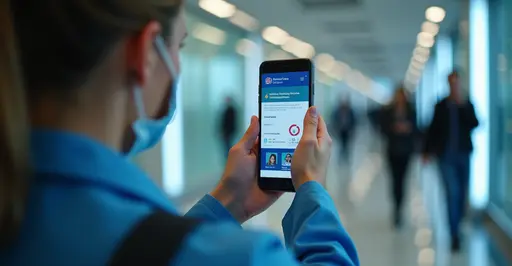
Global Air Quality Emergency
Major cities worldwide are issuing urgent health advisories as dangerous pollution levels blanket urban centers. From Delhi to Mexico City, authorities have activated emergency protocols after air quality indexes (AQI) exceeded 500 – levels deemed 'hazardous' by WHO standards. The alerts come during an unprecedented spike in PM2.5 and ozone concentrations, with weather patterns trapping industrial emissions and traffic pollution.
Health Impacts Escalate
Hospitals report 30-40% increases in respiratory admissions, particularly among children and elderly populations. Dr. Anika Patel, a Delhi-based pulmonologist, states: 'We're seeing asthma attacks and COPD exacerbations even in previously healthy individuals. The particulate matter penetrates deep into lung tissue and bloodstream.' Authorities recommend N95 masks, indoor air purifiers, and limited outdoor exposure during peak hours.
Megacities Partnership Response
The EPA's Megacities Partnership is accelerating deployment of its Air Quality Management Framework across 15 high-risk cities. The program provides templates for:
- Real-time pollution monitoring networks
- Health impact assessments using BenMAP software
- Emergency response protocols
In Addis Ababa, where pollution-related deaths could reach 6,200 annually by 2025 without intervention, the program has established early-warning systems and traffic-reduction strategies.
Root Causes and Solutions
Primary pollution sources include:
- Vehicle emissions (42% of urban PM2.5)
- Industrial combustion (28%)
- Construction dust (18%)
The AIRWISE decision-support system now being tested in Santiago uses AI to predict pollution spikes 72 hours in advance, allowing preemptive factory shutdowns and public transit incentives. 'We prevented 12 high-pollution days last quarter through targeted actions,' says Chilean environmental minister Gabriela Ruiz.

 Nederlands
Nederlands
 English
English
 French
French
 Deutsch
Deutsch
 Espaniol
Espaniol
 Portugese
Portugese









